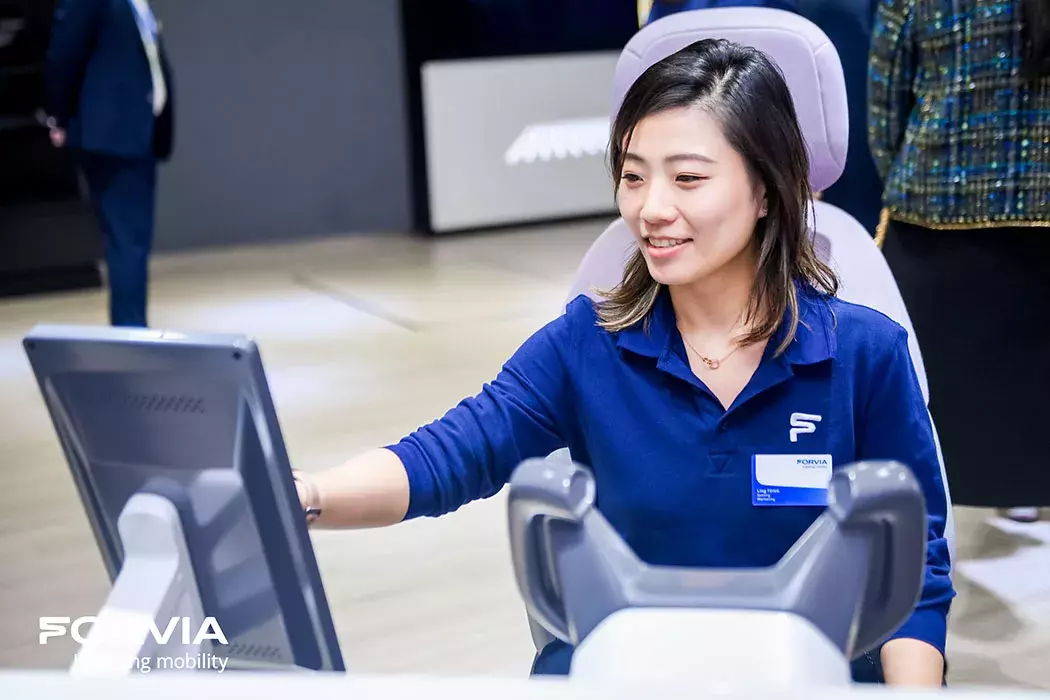
From data to design: why the science of comfort matters
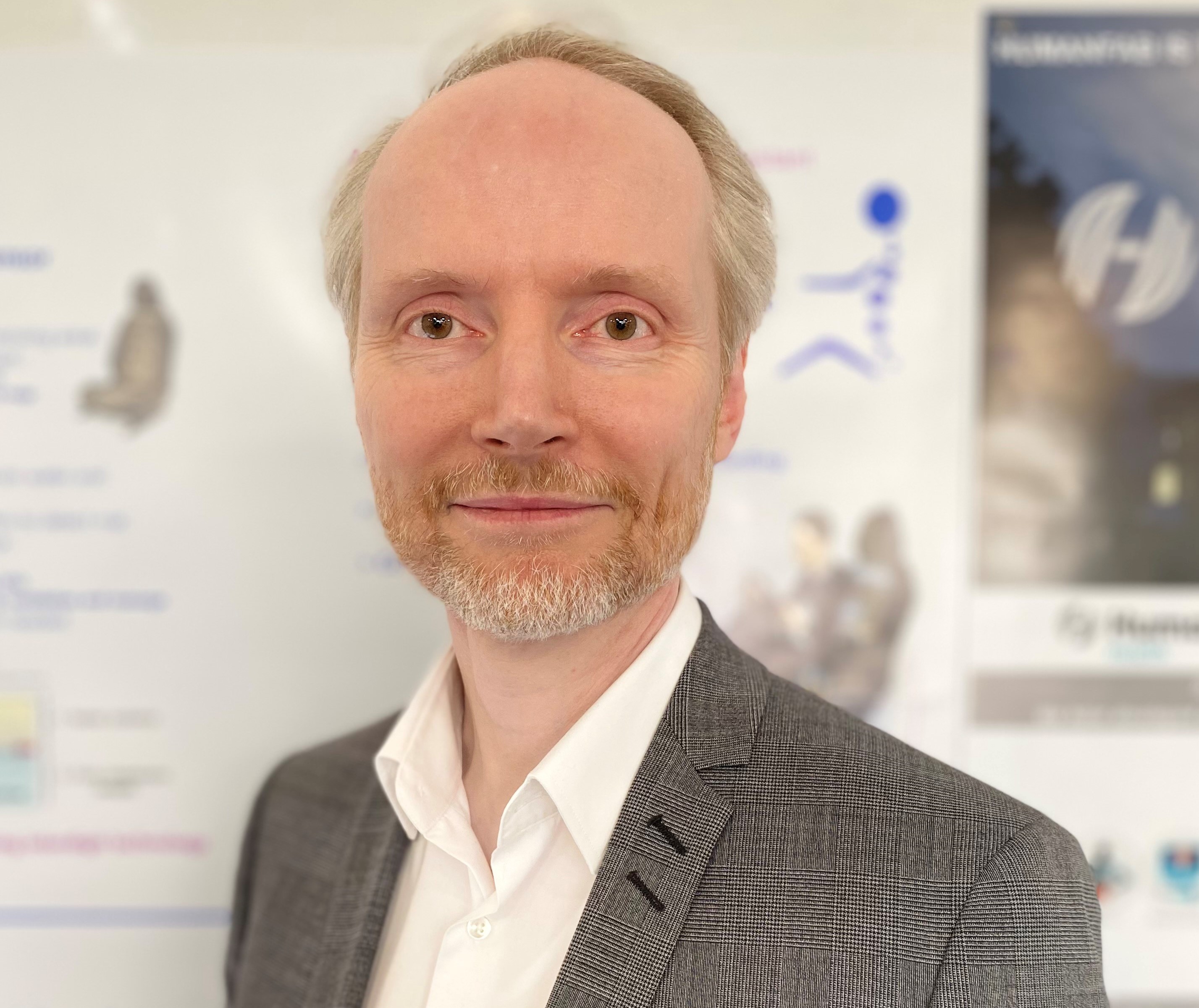 My research into the science of comfort began back in 1997, when I joined Faurecia and began a PhD exploring the influence of seating design on driver alertness. This research brought industrial and medical worlds together, working with Paris Descartes University to measure electrical activity in the brain of drivers in different seated positions. What we learned over 20 years ago – that comfort is inextricably linked to activity - has been a key driver for our continued innovation since.
My research into the science of comfort began back in 1997, when I joined Faurecia and began a PhD exploring the influence of seating design on driver alertness. This research brought industrial and medical worlds together, working with Paris Descartes University to measure electrical activity in the brain of drivers in different seated positions. What we learned over 20 years ago – that comfort is inextricably linked to activity - has been a key driver for our continued innovation since.
It has led to extensive testing in order to systematize a science-based approach. How can we create quantifiable rules for something as subjective as comfort? How many datapoints would we need for evidence-based analysis? And how would we turn that data into a design methodology to deliver the best products for our customers.
This research crosses many different fields, from safety to user experience. So, we built a team of experts to work at the intersection of seating and psychology, engineering and anatomy, data science and wellness. Beyond increasing individual security and comfort, our goal has been to generate physical and psychological well-being. We found ways to measure interaction with every aspect of seating - from posture, ergonomy, to visual and acoustic elements – drawing on research conducted with more than 8,000 consumers.
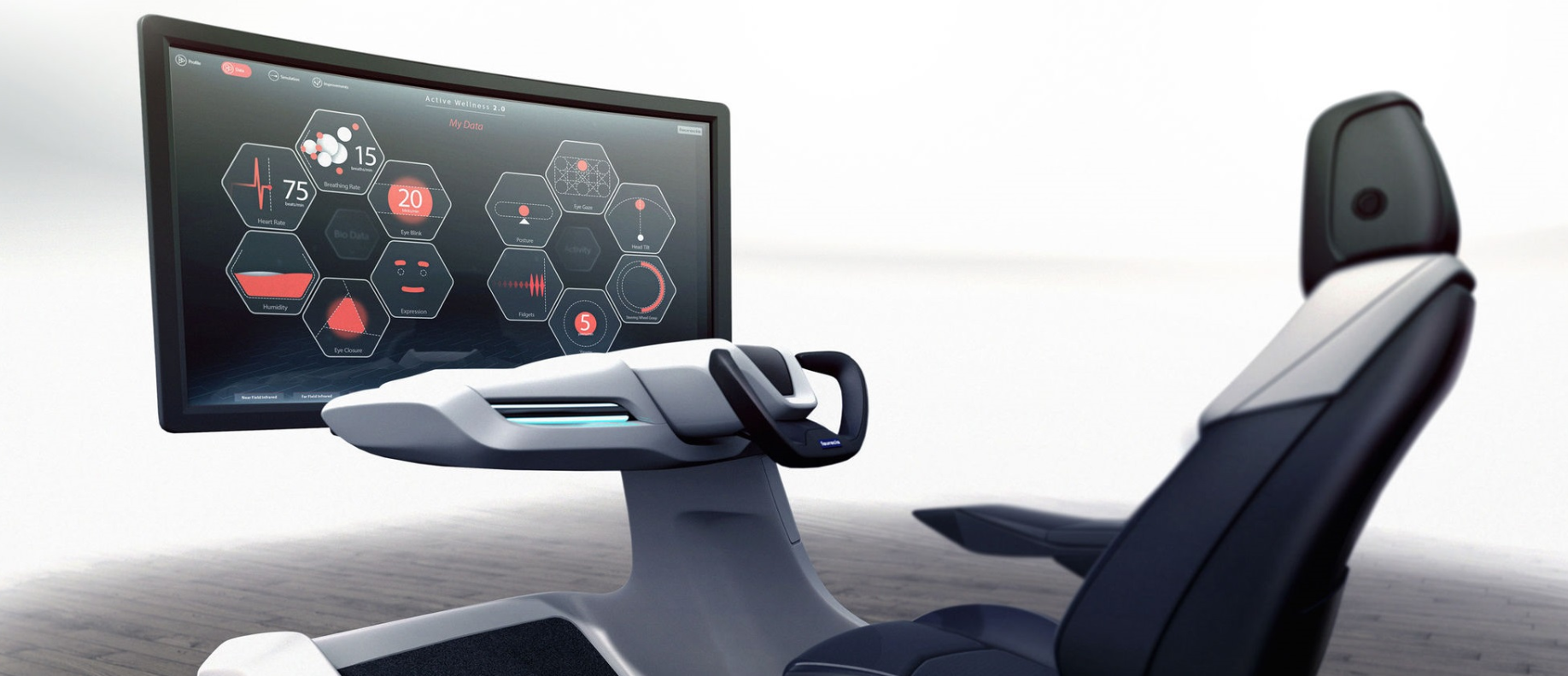
Research partners strengthen our understanding
To go further with a science-based comfort index, in 2012 we began partnering with HumanFab, an innovative lab that uses cognitive science to optimize health and performance of athletes. Together, we mapped the relationship between seating position and indicators of well-being such as blood pressure and flow, body temperature, and muscle stiffness. This led to innovations like SmartFit, a personalization system that uses an app to optimize a user’s seat position based on characteristics such as their gender, weight, and height; and Optivent, a seating-based ventilation solution designed to regulate an individual’s thermal comfort.
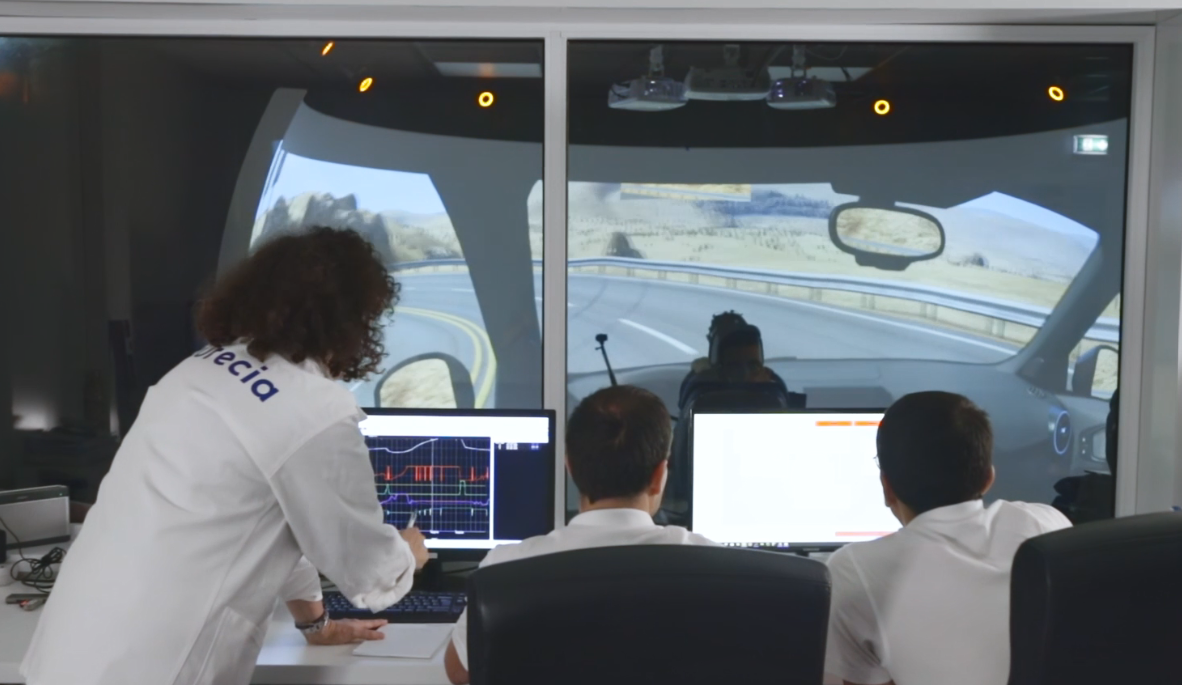
Anticipating how autonomous driving would transform vehicles into spaces for relaxing, socializing, or working, we began working with the Institute of Biomechanics in Valencia. This research has greatly helped us define optimal seating positions according to the onboard activity of drivers and passengers. In parallel, our comfort innovation team has continued to grow, to encompass biomedical expertise and data scientists to harness the value from our research data.
This is helped us introduce innovations such as ASANA Coach – a combination of seat sensors that detect a driver’s seating position to identify potential areas of discomfort linked to an app that then corrects posture using haptic vibrations, gentle massages, and sound effects played into the headrest. Our goal: create a more interactive way for people to improve their seated position and feel more alert, rested or relaxed at the end of their journey.
Experiences that matter to people
When I set out as an industrial engineer in Faurecia 25 years ago, I never expected to develop such a rich and varied expertise. My role as Master Comfort Expert now involves collaboration with innovation teams in all our business groups, discovering new ways to shape mobility experiences in cockpits that help us feel at home as much as feel safe and relaxed on the move. This includes supporting new, modular and sustainable approaches. For example, the ability to change parts of the seat like covers and cushions or upgrade with new functions over the seat’s lifetime. Or lightweight seating frames that maximise comfort as well as help extend electric vehicle range.
All this work continues to be guided by our philosophy of human-centered research and our long-running partnerships with medical and cognitive-science experts, who continue to help us explain to automakers the real health and wellbeing benefits to consumers. Looking at the road ahead, as we continue to harness the power of machine learning and artificial intelligence, the potential in this field is now greater than it ever has been. It’s a fantastic time to be part of this journey with FORVIA.

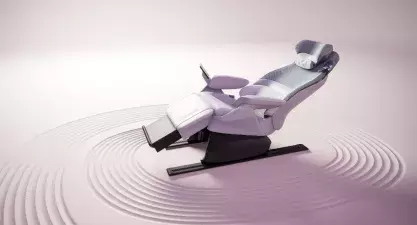
Cockpit of the Future

Group
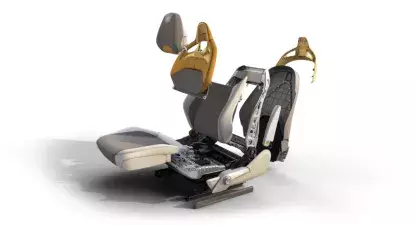
Group
